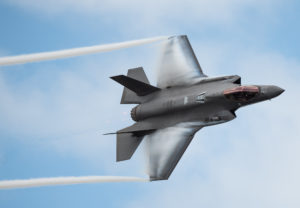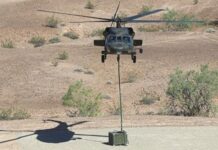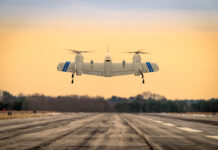
An article by Michael Larkin of Investor’s Business Daily reveals there are major category 1 deficiencies in the F-35 as the program is just about to hit full rate production.
Documents obtained by Defense News point out that pilots are forced to limit flight speeds in order to avoid damaging the F-35’s airframe. F-35 program executive Vice Adm. Mat Winter says that, and 12 other category 1 deficiencies should be successfully downgraded to category 2 status before a decision is made to enter full rate production at year’s end. Of those issues, two will be addressed afterwards with software upgrades.
Read the full list below.
A total of 13 of the most serious F-35 problems are detailed in documents obtained by Defense News. Deficiencies include F-35B and F-35C pilots being forced to limit flight speed to avoid damaging the F-35’s airframe or stealth coating, while spikes in cockpit pressure can cause “excruciating” ear and sinus pain among pilots.
There have also been difficulties in landing the F-35C on aircraft carriers due to issues with the helmet-mounted display and night vision camera.
A majority of the issues have not been publicly disclosed, Defense News said. And many of the problems are so-called category 1B deficiencies — which the report said DoD just created for major flaws but ones that don’t carry catastrophic risks.
Lockheed spokesman Michael Friedman tweeted point-by-point responses to the Defense News story, saying the F-35 is meeting or exceeding performance specifications and that each deficiency is “either already resolved or on a near term path to resolution.”
He added that there have been no reported cases “in the fleet” of pain caused by excess cabin pressure. “However, to address the conditions reported, we have an update that performed successfully in lab testing and will be flight tested for integration.”
He also said an improved helmet has been “designed, tested and is now being qualified” that will resolve night vision issues. Meanwhile, horizontal coatings were updated “several years ago” to improve durability on the F-35B and F-35C.
Read more here.



